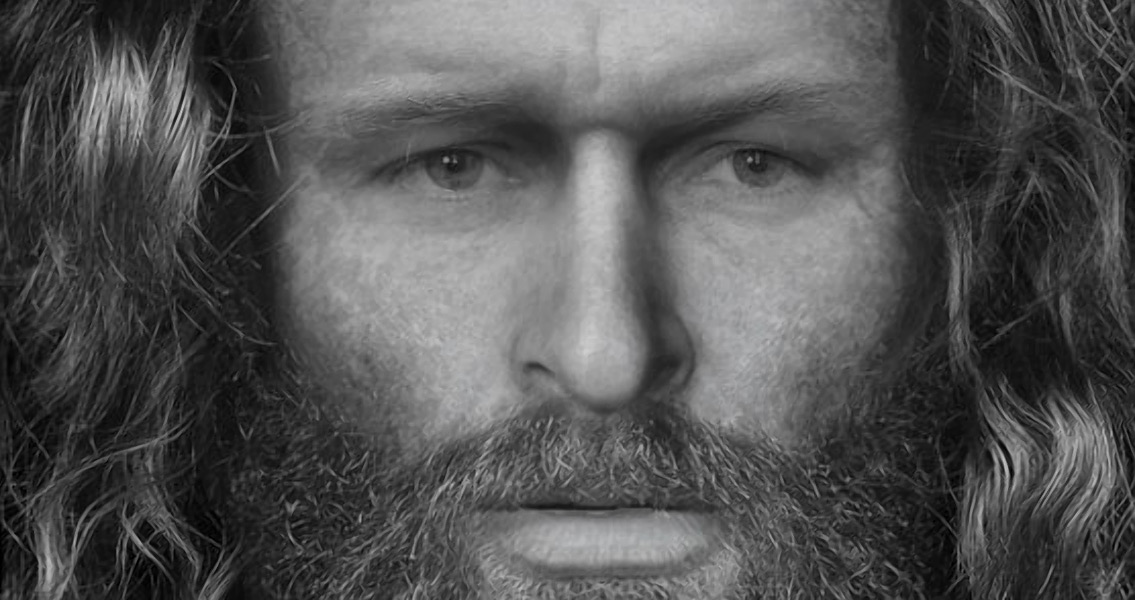<![CDATA[The face of a 1,400-year-old murder victim has been reconstructed by researchers from Dundee University in Scotland, according to the BBC. Found in the Scottish Highlands, the man's remains were interred in a recessed cave in the Black Isle, Ross-Shire. Thanks to the work of researchers from the Centre for Anatomy and Human Identification, led by forensic anthropologist Dame Sue Black, the man’s injuries – as well as his facial features - have been detailed. The man was found pinned down with stones on his limbs and buried in a cross-legged position. The skeleton, which Professor Black referred to as “fascinating”, was remarkably well-preserved. Researchers were only able to glean some data about the man’s life from the burial. However, when it came to the violent death he suffered, there was no dearth of information; careful study revealed the young man had received at least five blows to the head prior to his death. The first three blows, according to Professor Black, broke his teeth, his left jaw, and stove in the back of his head. The fourth impact, which was even more vicious, drove a weapon through one side of his skull and out the other end as he lay helpless on the ground. The fifth impact fell on the top of his skull. Researchers analyzed the man’s well-preserved skull, using advanced software to manipulate scanned images of the skeleton into a model of what the man’s musculature could have been in life. Additional layers were added to the composite to fill out the man’s features, revealing a visage that has been described as “strikingly handsome.” Based on their analysis, the reconstruction team also added long, wavy hair and a thick beard to the image. Additional analysis of the man’s remains are scheduled to take place in the hopes of being able to discern more information about his life. The skeleton was found by archaeologists from the Rosemarkie Caves Project during an excavation to investigate if the caves in Ross-Shire had ever been used as shelter by humans. Steven Birch, the leader of the excavation, said that while it’s impossible to know why the man was subjected to such a brutal fate, the way he was laid to rest provides some clues as to who buried him with such care. Simon Gunn, the founder of the project, says that when he began looking into the caves along the coast of the Black Isle he never expected to find something like this. The project has previously found evidence that these caves were being put to use between 1,500 and 2,000 years ago, but the new find has raised excitement similar to the find of Richard III’s remains under a car park several years ago. Image courtesy of University of Dundee ]]>
Face of 1,400-Year-Old Murder Victim Reconstructed
